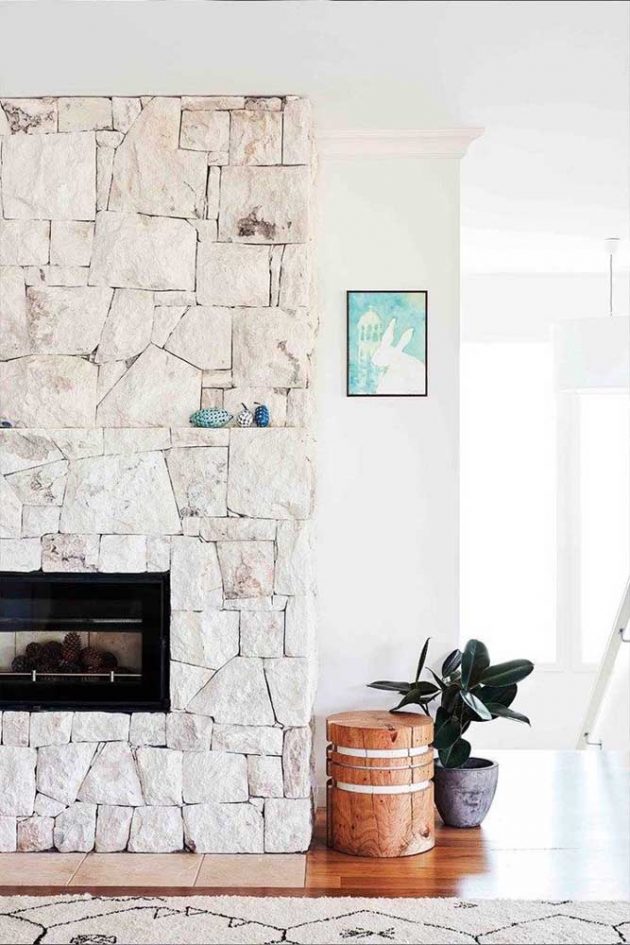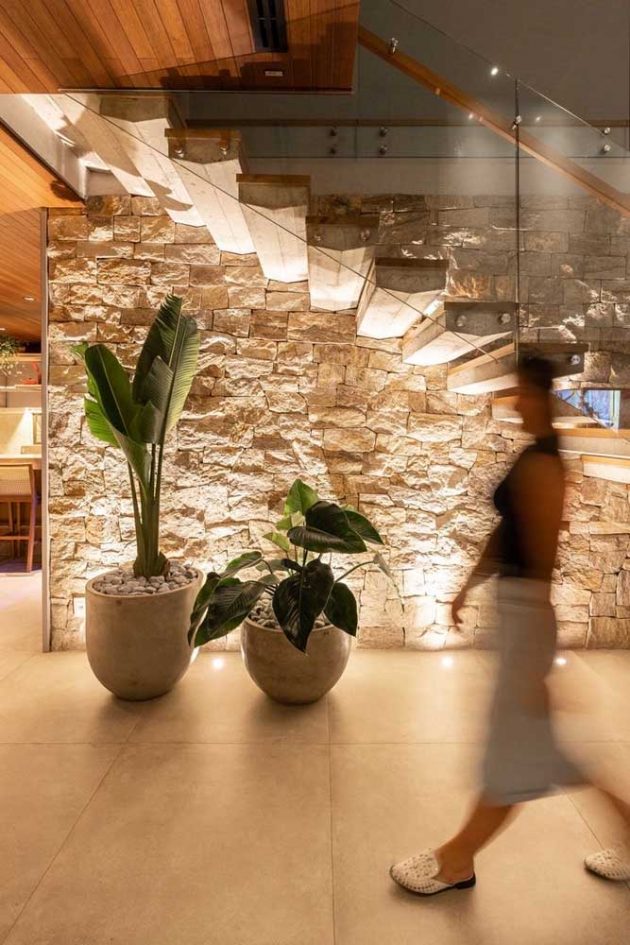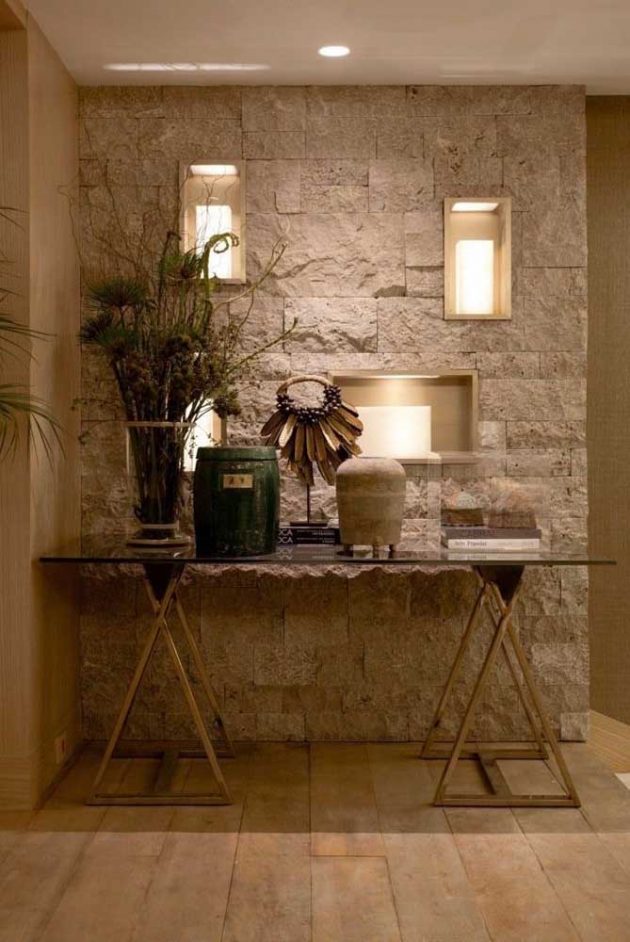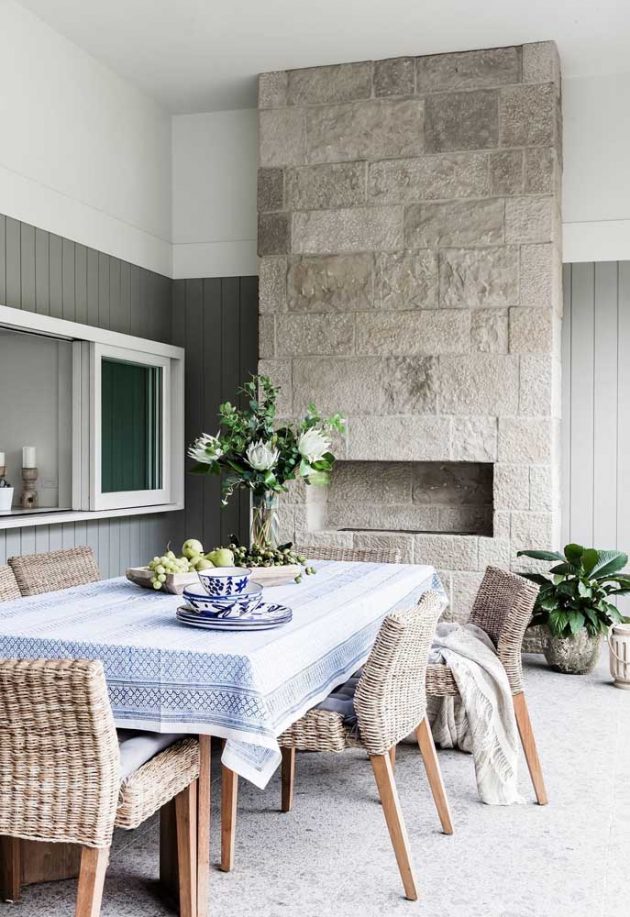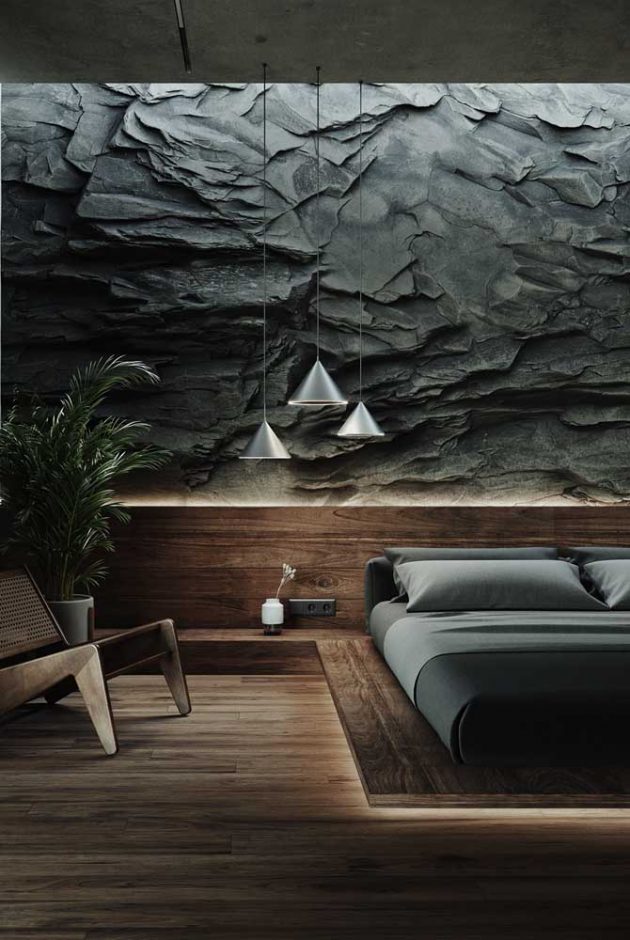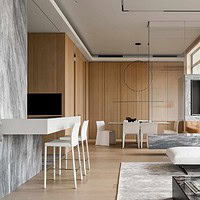Timeless, stone cladding is always on the rise in interior decoration and the composition of external facades. And, despite being closely associated with the rustic style, stone cladding has been increasingly used in modern architectural projects.
Want to know more about stone cladding? This post here is full of good reasons to convince you to adopt the coating too. Just take a look.
Advantages of stone cladding
Durability and resistance
For centuries, stones have accompanied man in construction projects of the most varied types, from houses to bridges and roads. And this is no accident. Stones are among nature’s strongest and most durable materials.
Therefore, they are ideal for coverings, especially in outdoor areas, where the sun and rain can easily destroy other types of more fragile coverings, such as wood, for example. The stones do not stain, do not lose color, and do not rot, nor are they the target of insects. This means that the stone cladding will remain as good as new even after years of installation.
Variety of options
Another good reason for you to adopt stone cladding is the wide variety of textures, shapes, sizes, and colors. The same stone can be found in different shapes and sizes, depending on the cut received, such as fillet or mosaic. In addition, nature itself has been very generous in offering varieties of stones capable of pleasing all tastes and styles.
You can opt for a more rustic coating, using raw and natural stones, such as São Tomé or Portuguesa, or for a sophisticated coating, such as marble. For this reason, stones have gained an increasingly prominent place in modern decoration projects, as they do not need to be associated only with rustic styles as it was in the past.
Simple maintenance
Compared to other types of coating, stones offer a much more simplified and practical maintenance. Smooth stone models such as granite and marble are even easier to clean as the surface does not accumulate dust and other dirt. But even rustic and porous stones are simple to maintain, as long as they are cleaned frequently.
Stone cladding also has the advantage of not suffering from damage caused by the action of time, such as the sun and rain, so you do not need to apply protective products, as with wood and iron, for example. The same goes for insects. The stones do not suffer from the action of termites, but they can become a shelter for other small insects, such as spiders. So cleanliness is always important.
Beauty and sophistication
Stones add a lot of beauty and sophistication to internal and external projects, regardless of the decorative style used. Stone cladding still has the advantage of making environments more welcoming and cozy. No wonder they are often used in colder places.
When combined with wood, the stones enhance a more rustic and natural decoration. When combined with materials such as glass and steel, the stones easily squander modernity.
How to choose stone flooring
Architectural and decorative style
There are many types of stone for cladding in the national market, which can end up making the choice process difficult. But a good tip to hit the type of stone cladding is to observe the architectural and decorative style, whether in the internal or external environment. A modern house, for example, combines clean and uniform-looking stones, cut in straight lines, such as fillets and mosaics.
While a rustic-style house is perfect with raw stones of striking texture and irregular shape. But if you are looking for sophistication in the project, then stones like marble and granite are the best choice.
Internal or external
Another factor that must be considered when choosing the type of stone cladding is the installation location. Indoor environments are easier to clean and maintain, which facilitates the use of porous and rustic stones.
Outdoors, smoother stones are easier to clean, but that doesn’t preclude the use of porous stones, as long as they are cleaned frequently.
Stone colors
Also, note the colors of the stones when choosing between the types of stone for covering. Lighter colors are indicated for clean and modern aesthetic environments or for small spaces that need to prioritize luminosity and the effect of amplitude. Darker stones, such as ironstone, for example, are more suitable for projects where natural light is abundant and the color effect will not cause eye strain.
Check out the following projects with different types of stone for covering now and get inspired when planning yours:
1.
2.
3.
4.
5.
6.
7.
8.
9.


